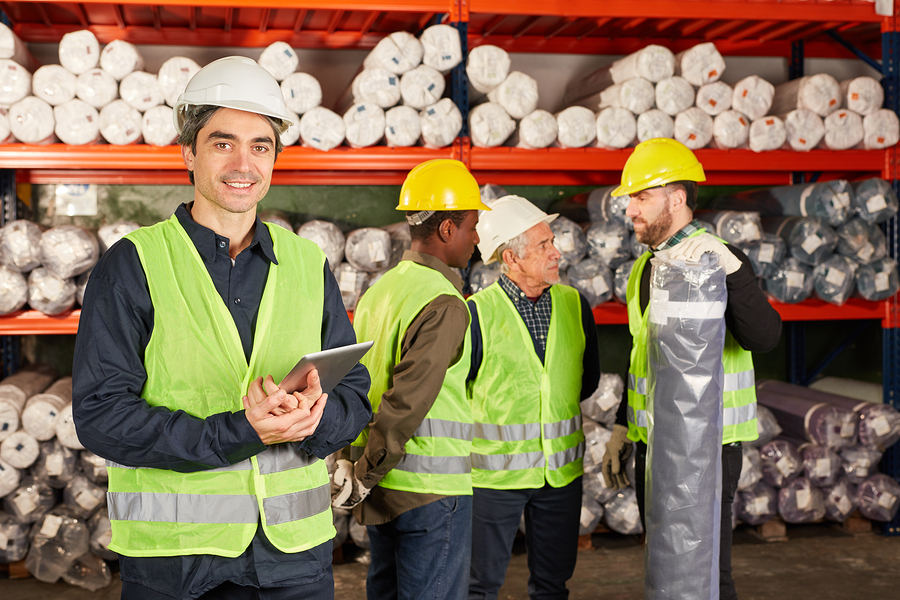Ask any warehouse manager what the most important issue is in their industry and/or workplace, and they’ll probably tell you that it’s safety. Signage is everywhere, rules are constantly being made (and ideally enforced), accidents reported, and statistics updated. Automated technology has been an essential part of improving warehouse environmental health and safety strategies, but there may still be times it feels like your safety strategy is falling on deaf ears.
Even with improved safety resulting from automated technology, there are still a plethora of safety concerns in the modern-day warehouse. Safety procedures may be created from management and trickled down, but ultimate safety success comes when employees fully understand why it’s critical to follow safety rules and regulations. Maybe it’s time to change the way employees think about safety in the warehouse.
Building a Culture of Safety
“Culture” is a big buzzword in the corporate world right now. Workplace culture can make or break an employee’s experience at their job. The same goes for warehouses, where a safety culture could actually make or break an employee!
With safety integrated directly into your warehouse company culture, you can create an environment where reporting an unsafe condition is praised for protecting everyone involved (even the offender) and not “punished” or shunned by colleagues for “tattling.” Management can help create and reinforce this culture by owning it themselves, clearly communicating that the safety of their employees is a number one goal.
Train, Train, and Train Some More
A properly trained staff is your warehouse’s biggest asset. Not only is safety training required by OSHA, it’s still the number-one way to improve safety. New technology is exciting and can play a big role in preventing accidents, and yet it still can’t replace the effectiveness of training those who use it.
Safety training is key in how it not only teaches employees how to be safe, but also why. Build a safety training cadence that extends beyond the initial new hire orientation by adding regular updates and refresher courses that keep this “why” top of mind. This also helps reinforce a company culture that is vigilant about preventing unsafe acts and circumstances. Ingrained safety standards can impact the type of equipment that is added to the warehouse as well, with companies focusing more on the safety of a piece of equipment, not just its overall functionality.
Safety training shouldn’t just be limited to warehouse employees, either. Office staff and visitors who are not normally in the warehouse should also be briefed on safety standards before they are allowed to be on the floor.
Integrate Safety Automation
Safety automation comes in two different forms, both of which you should consider adding if you haven’t already. First are safety systems. These include motion sensors and safety gates that stop an employee from getting into a dangerous situation. Safety automation technology, on the other hand, removes a worker from the dangerous task altogether, relegating it instead to technology such as robotics, carousels, sortation systems, and more.
Safety automation minimizes the need for workers to be in high-risk areas in the first place. This not only allows them to work instead in areas that are more productive and efficient and better utilize human reasoning, but also reinforces the importance of safety in the company.
Boost Your Safety Technology With ASI
Whether you’re adding safety automation to your warehouse for the first time or looking to boost the effectiveness of what you already have, turn to Accounting Systems, Inc. as your partner in technology. For more than 30 years, ASI has been providing businesses with service and partnership to solve their most challenging issues. Let us help you implement and connect the automation systems you need to keep safety top of mind in your warehouse. Contact us today to get started.

